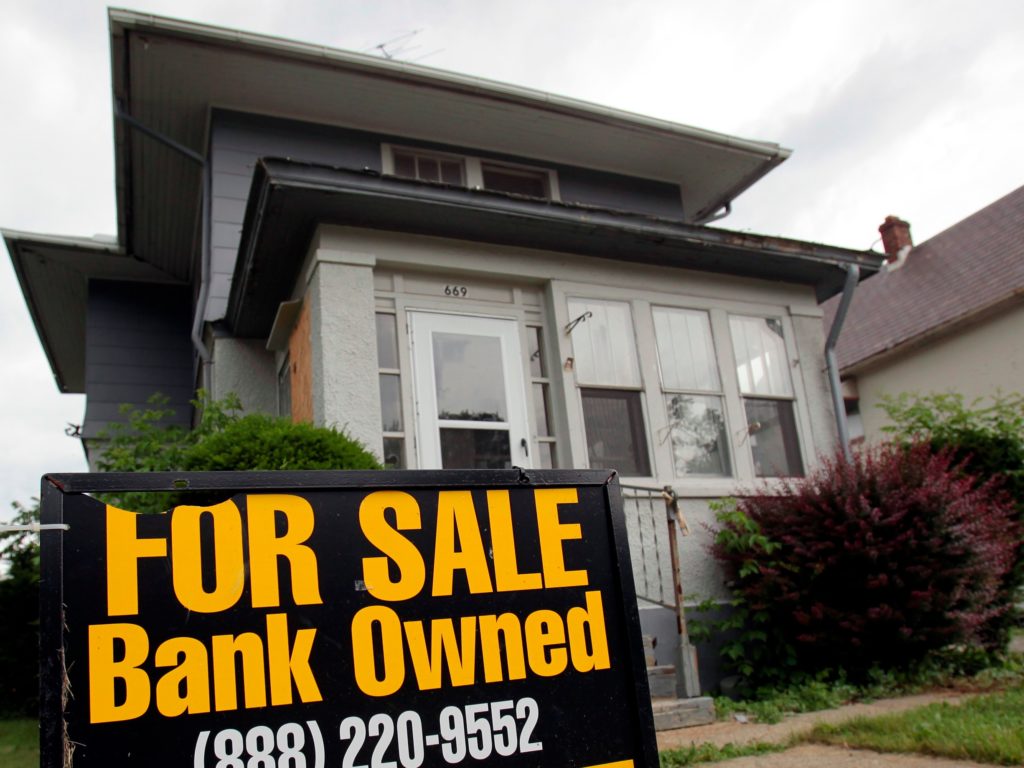A subprime mortgage is a type of loan arranged for the individuals with poor credit histories with low credit rating. This loan is purposefully and normally issued by a lending institution for borrowers that cannot afford the conventional mortgage. The lending institution is often charged higher fees in a various way such as through higher interest on subprime mortgage higher than the conventional mortgage (above prime lending rate); greater closing costs; and requires more of down payment. The reason is because subprime mortgage presents the higher risk for lenders and in order to compensate themselves for carrying more risk, higher interest is applied.

www.businessinsider.co.id
Generally, people assume that subprime mortgage has high-interest rate. The reason is due to the word subprime itself that has the connotation of higher rate attached to the mortgage. In reality, subprime refers to the credits cover of the borrower. In fact, the size of interest rate determined in subprime mortgage depends on credit score, the size of down payment, the number of late payment, delinquencies on borrowers’ credit score and the types of the delinquencies.
The subprime mortgage has advantages for the borrowers that have the low credit rating for them able to have the mortgage. Making late bills, declaring bankruptcy, under the low-income category, having delinquency, and having low credit score are such situation that makes them eligible to take the subprime mortgage. Subprime borrowers typically have low credit scores, such as a FICO of 660 or below. Their annual income is less than half of the total yearly principal plus interest payments on the loan. While taking this mortgage, they can build up their capacity and reputation so they can take the conventional mortgage.
The banks as the lending institution offered all types of loans that were cheap in the beginning but made profits later on. This is a strategy to attract subprime borrowers. In the first two years, the rates are low. After that, the rate rises significantly and many borrows are unaware of this. This called the exotic loan. This situation is not completely misleading, however for the unaware or naïve borrowers this can cause to trouble.
More popular examples of the exotic loan are as the interest only loan, option ARM loan, Negative amortization loan, ultra long fixed rate loan, ballon loan and no money down loan.
Interest only loan does not require principle to be paid in the first several years if the loan. Most of the borrowers’ assumption is that they will refinance, or sell the house before the principal needs to be repaid. In the end, they usually cannot afford higher payment especially when monthly payment increases. In the other hand, when the value of the house crashes, they unable to meet the criteria of refinancing or sell the house. In this case, the borrowers end up forced to default because they can not fulfil the higher payment.
Option ARM loans give the freedom for borrowers to choose how much to pay each month. This means the rest of the payment will be added to principal and after five years the option is no longer offered and the loan is even greater than in the beginning.
Negative amortization loans are similar to interest-only loan. In both case, borrowers never paid off the principal, but the interest payments are so low that each month the debt grow higher as it is added to the principle. So each month the principle keeps on growing due to this.
Another type of exotic loan is ultra-long fixed rate loans, as reflected in the name, the loans extend for 40 or 50 years, instead of conventional 30 years mortgage. This means more money to pay. Ballon loans give the opportunities for low monthly payments; however after five to seven years prior to that, it requires to pay off the rest of the loan. Lastly, no-money-down loans are basically allowed the borrower to take out a loan from the down-payment.
From 2004 to 2006 many lenders were more moderate in granting these loans as a result of lower interest rates and high capital liquidity. Lenders wanted additional profits through these higher risk loans, and they charged interest rates beyond prime in order to recompense for the extra risk. As a result, once the rate of subprime mortgage foreclosures skyrocketed, many lenders experienced extreme financial difficulties and even bankruptcy. In the 2008 market crash and housing crisis was due in large part to widespread defaulting on subprime mortgages.
It is a lesson learnt for all of us.






